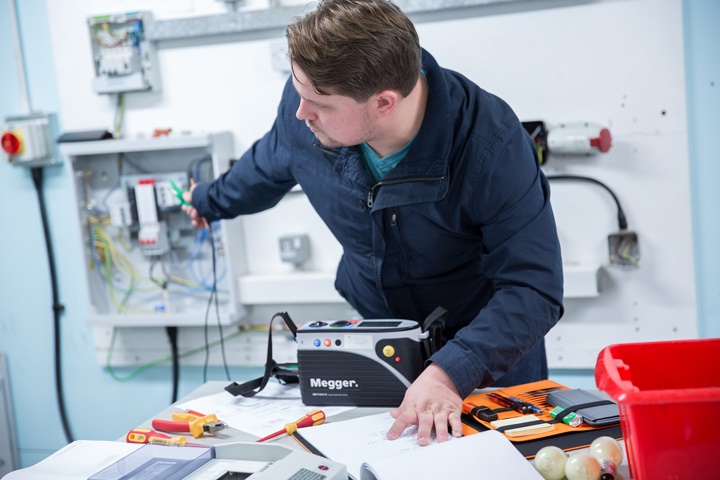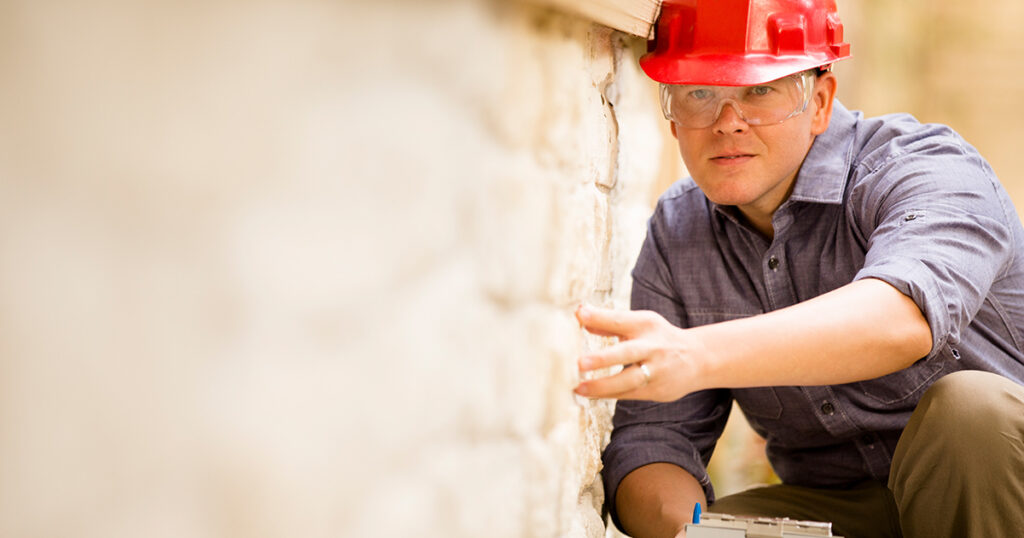The Complete Guide to Electrical Wiring
Understanding Electrical Circuits
An electrical circuit is a continuous loop. Household circuits carry electricity from the main service panel, throughout the house, and back to the main service panel. Several switches, receptacles, light fixtures, or appliances may be connected to a single circuit.
Hot wires are black or red, and neutral wires are white or light gray. For safety, all modern circuits include a bare copper or green insulated grounding wire. The grounding wire conducts current in the event of a ground fault and helps reduce the chance of severe electrical shock.
The service panel also has a bonding wire connected to a metal water pipe and a grounding wire connected to a metal grounding rod, buried underground, or to another type of grounding electrode.
If a circuit carries too much current, it can overload. A fuse or a circuit breaker protects each circuit in case of overloads. Current returns to the service panel along a neutral circuit wire. Current then leaves the house on a large neutral service wire that returns it to the utility transformer.
Grounding and Polarization
Electricity always seeks to return to its source and complete a continuous circuit. Contrary to popular belief, electricity will take all available return paths to its source, not just the path of lowest resistance.

The Electrician’s Guide to IET Wiring Regulations
For more than 30 years, students and practising electricians have relied to guide them through the complexities of the Wiring Regulations. His Guide is a recognised brand and has consistently been a bestseller with a 4/5 star review over the years. Unlike other publications, it does not assume that readers are fully conversant with electrical theory. It assumes just a basic knowledge and introduces technical matter with brief easy-to-understand explanations.
This 4th Edition covers Amendment 3:2015, regarded as ‘potentially life-saving’, which takes effect July 2015. Changes such as in auxiliary circuits, earth fault loop impedances for protective devices, surge protection and outdoor lighting are all covered in simple and practical terms. Furthermore, up-to-date terminology has been introduced and chapters organised to correspond to the Regs, making it easier to follow.
Most importantly, the Guide benefits from the hands-on expertise provided by the co-author, whose credentials are second-to-none. He has taught electrical installation in industry, in FE establishments and in the private sector.
As in earlier editions, all useful relevant details derived from other IET publications such as Guidance Notes, Wiring Matters, which might otherwise be overlooked by electricians, are included.
The authors also understand that many readers might be sole traders, and so they spell out the financial implications and suggest money saving action wherever possible.

Electrician Qualifications: A Guide for Beginners
But there’s a problem: you’ve been looking at the various training courses that are available for budding electricians, and each one seems to result in a different qualification. Now you’re wondering which of those certificates and diplomas you actually need – which one will mark you out as a qualified electrician and enable you to turn professional?
Thing is, the world of electrical work is a rich tapestry, comprising lots of different tasks in lots of different places. There are lots of different electrician qualifications because there are lots of different electricians – some specialise in domestic installations, while others work exclusively in commercial/industrial environments. Some make a living from portable appliance testing (PAT), while others spend their days designing and installing complex electrical systems.
Basic Electrician Qualifications
Let’s start with the qualifications that are included on our Essential Electrician Course. This a great course for beginners, consisting of three crucial electrical qualifications that just about all electrical engineers are expected to hold:
Part P Domestic Installer – The Part P qualification allows you to install, inspect, test and certify a broad range of domestic electrical systems. Along with the 17th Edition certificate (see below), Part P is widely recognised as the essential qualification for new electricians.
17th Edition Wiring Regulations – The phrase ’17th Edition’ refers to the current Wiring Regulations to which electricians must adhere. Gaining your 17th Edition certificate demonstrates that you have a good understanding of the Regulations and how to comply with them.
Building Regulations for Electrical Installations in Dwellings – The Building Regulations are another important piece of legislation for electricians. Obtaining this qualification demonstrates that you understand the Building Regulations as applicable to electrical installations in homes and dwellings.
Going Further: Advanced Electrician Qualifications
Once you have earned the above qualifications, you may wish to work towards obtaining additional qualifications so as to set yourself apart from the competition and broaden the range of jobs you’re capable of undertaking.
How Much Does It Cost To Hire An Electrician?
Electrician Hourly Rates & Costs
Electricians usually charge between $50 to $100 per hour. Most homeowners pay a typical range between $161 and $522 for an electrician to visit their home and complete electrical repairs. Both hourly and project rates vary depending on the type of project, license and experience of the service provider.
Frustrated by the lack of outlets when your cell phone, laptop or pad starts to die? Want to install a dimmer, fix a light or upgrade your home’s security? Old electrical systems often can’t keep up. Because smart homes and personal electronics are becoming commonplace, electricians are increasingly in demand to update and modernize the aging home.
Electrician Cost Per Hour and Guarantees
Licensed electricians can charge anywhere from $50 to $100 an hour depending on experience level, license type and complexity of the job. This does not include additional costs for parts or minimum trip fees ($25 to $74). An apprentice electrician could charge less than this for simple jobs.
It’s important to note that there are two hourly rates when it comes to most electricians. There is a difference between the rate the electrician gets paid and the rate the electrician will bill. Travel, supplies and overhead are sometimes included in the hourly rate, though some electricians provide a detailed line item bill with hourly rates separate from all other costs. This guide references what a licensed electrician will charge.
Most large companies don’t do small jobs like fixing a light. Some electricians will do “side work”, or work without the overhead of an electrical company. In these cases, you may be able to find electricians working at a slightly lower rate than a professional shop charges.
How to become an Electrician
Electricians install, maintain, repair, test and commission electrical and electronic equipment and systems for industrial, commercial and domestic purposes. Electricians may also work on electrical transmission and distribution equipment.
Personal requirements for an Electrician
Enjoy mathematical and technical activities
Good hand-eye coordination
Good eyesight (may be corrected) and normal colour vision
Logical thinking and diagnostic ability
Aptitude for mechanics and electronics
Able to do precise and detailed work
Able to work independently or as part of a team
Able to cope with the physical demands of the job
Good communication skills
Education & Training for an Electrician
To become an electrician you usually have to complete an apprenticeship or traineeship. Entry requirements may vary, but employers generally require Year 10 and some may prefer Year 12.
Additional information
After completing your apprenticeship or traineeship, you will need to apply for a licence to perform electrical work from the relevant government department or authority in your state or territory.








